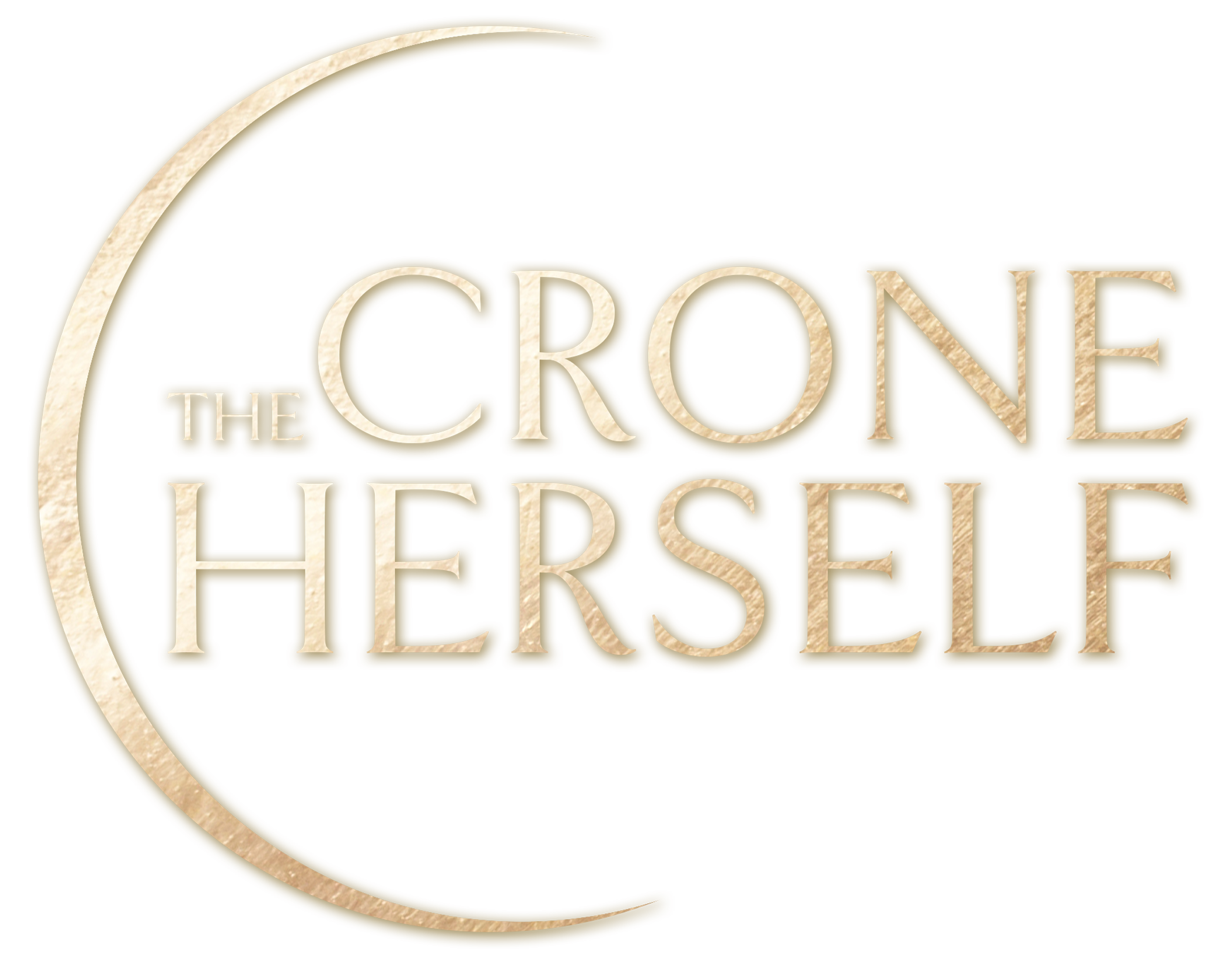WHEEL OF THE YEAR
WINTER SOLSTICE
What is The Winter Solstice
Winter Solstice usually occurs between December 20-22. It’s the longest night, and shortest day of the year. After the Solstice, the days begin to get longer. In ancient, indigenous traditions the world over, it’s a celebration of returning solar light. Every culture and religion has specific rituals and celebrations this time of year.
There are some broadly accepted ways to work with the Wheel of the Year. These are mostly drawn from Gaelic, Celtic, and Norse pre-Christian and Christianized practices occurring in a broadly pastoral/agricultural society. The Crone Herself honors these old, ancestral traditions, while encouraging us to understand the land, climate, and culture we currently live in. Developing a more personalized, hyper-local, and culturally relevant approach to marking the Wheel Year’s seasonal shifts helps us celebrate in meaningful ways during intersecting global crises. We honor the ancestors and become the bridge between them and our descendants.
Symbols of Winter Solstice
The Winter Solstice, also known as Yule, occurring in late December, marks the shortest day and longest night of the year in the Northern Hemisphere. This astronomical phenomenon has given rise to many symbolic representations in various cultures throughout history. Evergreen plants like holly, ivy, and mistletoe are frequently used as decorations during this time, representing life and renewal during the dark and cold winter. The Yule log is another important Winter Solstice symbol, originating from Norse and Celtic pagan traditions. Lighting a Yule fire symbolized the return of light and the New Year. Candles are also common decorations and symbols of light in darkness at the solstice. The rebirth of the sun has been commemorated through sun wheels, standing stone temples, and depictions of the solar deity. Many of the symbols and customs associated with the solstice continue on in modern seasonal celebrations like Christmas.
Want to create your own Winter Solstice ritual or celebration? The podcast, meditation, and workbook give you incredible insights, experiences and inspiration that you won’t find anywhere else online.
Colors of Winter Solstice
The Winter Solstice has strong associations with certain colors that evoke the mood and themes of this astronomical event. White is commonly associated with the solstice, representing snow, ice, and the purity of the winter landscape. Blue also conjures images of winter, from the deep blue night sky to icy shades of blue. Silver and gold are festive colors that adorn decorations and represent the return of light after the solstice. Red, green, and gold are the traditional colors used in Christmas decorations that developed from older Winter Solstice customs. Evergreen colors like deep green, pine green, and forest green represent enduring life through the dead of winter. Colors also come into play with sacred fires and candles lit during solstice rituals. The warm golds, oranges, reds, and yellows of flames bring light and life back on the darkest day of the year. Overall, the colors of the Winter Solstice symbolize light, renewal, and the beauty of nature in winter.
Winter Solstice Traditions
The Winter Solstice has spawned many rituals and celebrations across cultures to mark this significant astronomical event. One such ancient ritual is Yule, originating from Germanic pagan traditions involving feasting and burning a Yule log. Candlelight vigils are also customary during the solstice, signifying small lights flickering in the darkness. Evergreen plants and wreaths are used in solstice rituals as symbols of enduring life and light. Many cultures hold religious ceremonies around the solstice focused on rebirth and renewal. Gift giving is also associated with Winter Solstice traditions. Modern pagan solstice rituals may involve prayer, meditation, ring dancing, singing, silent vigils, or lighting fires to reflect the sun’s return. Many solstice activities are aimed at spreading light and joy during a dark time of year. While rituals differ across regions, common symbolic themes of rebirth, renewal, and the return of light unite many Winter Solstice traditions from ancient to modern times.
Meditations for Winter Solstice
In general, meditating on the cycles of life, death, and rebirth/renewal are appropriate during Winter Solstice. Look to nature where these cycles abound, to teach you about them. This is a perfect time to reflect upon the old year, giving thanks for boons and blessings, and releasing what no longer serves you. In the days between Winter Solstice and the Gregorian New Year, rest deeply, and journal about your dreams and aspirations for the future.
Winter Solstice Recipes
Winter Solstice Spiced Tea
Ingredients:
- 3 cups water
- 2 orange pekoe tea bags
- 1 cinnamon stick
- 1⁄2 teaspoon grated fresh ginger
- 3 cloves
- 1 orange, sliced into rounds
- 1 lemon, sliced into rounds
- 1⁄4 cup honey or agave nectar
Instructions:
- Bring the water to a boil in a saucepan. Add the tea bags, cinnamon stick, ginger, and cloves. Reduce heat to low and let simmer for 5 minutes.
- Remove from heat and add the orange and lemon slices. Let steep for 3-5 more minutes.
- Remove tea bags and spices by straining if desired. Stir in honey or agave nectar to taste.
- Pour spiced winter citrus tea into mugs and enjoy! Sip slowly and savor the aromas of citrus and spice.
This refreshing and vibrant tea incorporates seasonal spices, oranges, and lemons to warm you up and infuse your Winter Solstice with their sunny flavors. The citrus flavonoids symbolize the return of the sun’s light while the spices represent warmth during the cold and dark. Enjoy this tea while celebrating the shift from darkness to light!
Winter Solstice Spice Cake
Ingredients:
- 2 cups all-purpose flour
- 1 1⁄2 teaspoons baking soda
- 1 teaspoon ground cinnamon
- 1 teaspoon ground ginger
- 1⁄2 teaspoon ground nutmeg
- 1⁄4 teaspoon ground cloves
- 1⁄4 teaspoon ground allspice
- 1⁄2 teaspoon salt
- 1 cup unsalted butter, softened
- 1 1⁄4 cups brown sugar
- 2 large eggs
- 1 teaspoon vanilla extract
- 1 cup buttermilk
- 1⁄4 cup molasses
Instructions:
- Preheat oven to 350°F. Grease a 9×13 baking pan.
- In a medium bowl, whisk together flour, baking soda, cinnamon, ginger, nutmeg, cloves, allspice and salt.
- In a large bowl, beat butter and brown sugar until fluffy. Beat in eggs one at a time.
- Stir in vanilla. Alternate adding flour mixture and buttermilk to butter mixture, mixing just until incorporated.
- Pour batter into prepared pan and bake for 30-35 minutes, until a toothpick inserted in center comes out clean.
- Remove from oven and drizzle molasses over the top while still warm. Let cool completely.
- Decorate with candied ginger, cinnamon sticks, or dust with powdered sugar.
- Enjoy this warmly spiced cake on the Winter Solstice, perfect for welcoming back the sun!

